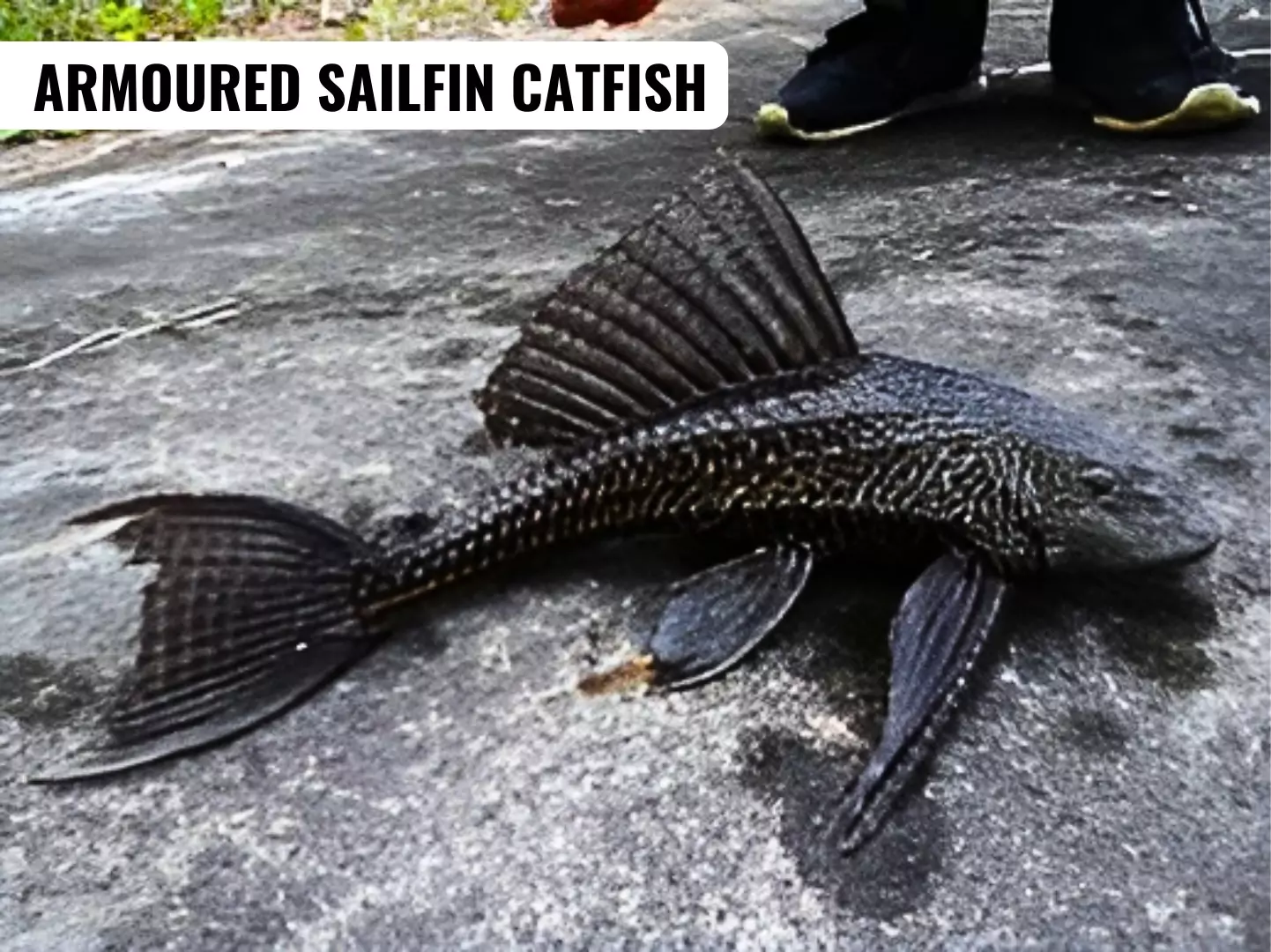Context
Scientists of CSIR-Centre for Cellular and Molecular Biology (CCMB) have found out that the invasive Armoured Sailfin Catfish has spread to 60% in the water bodies of Eastern Ghats.
Invasive Armoured Sailfin Catfish
- Tool: The population growth has been measured through a unique ‘eDNA-based quantitative PCR assay’ developed by the institute to map the presence and spread of invasive specie
- Published In: The findings of the research has been published in the journal ‘Environmental DNA’
Enroll now for UPSC Online Course
Environmental DNA (eDNA):
- It is a nuclear or mitochondrial DNA that is released from an organism into the environment.
- Sources: It originates from cellular material shed like secreted feces, mucous, and gametes; shed skin and hair; and carcasses in aquatic or terrestrial environments.
- eDNA can be detected in cellular or extracellular (dissolved DNA) form.
- In aquatic environments: It lasts for about 7–21 days only, as eDNA gets diluted and distributed by currents and other hydrological processes. Exposure to UVB radiation, acidity, heat, and endo- and exonucleases can degrade eDNA too.
- Detection: eDNA can be sampled and monitored using new molecular methods. Such methodology is important for the early detection of invasive species as well as the detection of rare and cryptic species.
|
Armoured sailfin catfish
- Scientific Name: Pterygoplichthys multiradiatus.
- The species belong to the family of Loricariidae
- Common Name: Orinoco sailfin catfish, Rakashi or Devil Fish in India
- Native Habitat: The Orinoco River basin in Venezuela.
- Food habits: They feed on mainly substrate, on benthic algae and aquatic weeds, but will also take worms, insect larvae and other bottom-dwelling invertebrates as food.
- Nature: It is a tropical, nocturnal bottom-dweller borrowing species and likes warm water at the temperature range of 23–27 °C.
- As a Invasive Species:
- Among the 14 species classified as invasive by the National Biodiversity Authority (NBA) of India, four species belong to the Pterygoplichthys genus, highlighting it as one of the most invasive fish genera.
- It was introduced primarily as part of the ornamental fish trade
 Threatening local biodiversity: Negative impacts like competition, food web alteration, increased turbidity due to burrowing behaviour and related bank erosion, and disturbing of foraging behaviour of big aquatic mammals such as manatees.
Threatening local biodiversity: Negative impacts like competition, food web alteration, increased turbidity due to burrowing behaviour and related bank erosion, and disturbing of foraging behaviour of big aquatic mammals such as manatees.- Threat to fishing nets: It has lack of commercial value, formidable sharp spines, and robust body, which pose a threat to fishing nets and have even caused injuries to fishermen in some instances.
- Resilience: This invasive species can subsist on a diverse diet and can endure oxygen-deprived conditions thus increasing its survival chances.
- Range: it can even navigate on land using its powerful fins.
Enroll now for UPSC Online Classes
![]() 14 May 2024
14 May 2024
 Threatening local biodiversity: Negative impacts like competition, food web alteration, increased turbidity due to burrowing behaviour and related bank erosion, and disturbing of foraging behaviour of big aquatic mammals such as manatees.
Threatening local biodiversity: Negative impacts like competition, food web alteration, increased turbidity due to burrowing behaviour and related bank erosion, and disturbing of foraging behaviour of big aquatic mammals such as manatees.